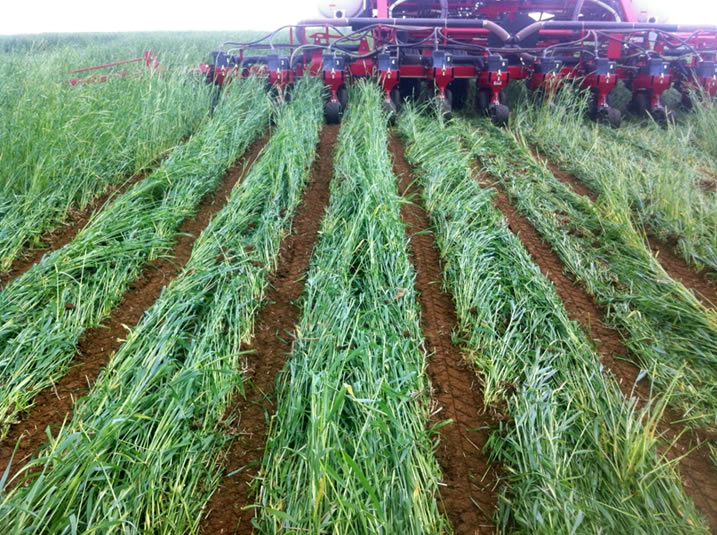Chesapeake Bay Strategy
Pennsylvania comprises 35 percent of the Chesapeake Bay Watershed. The Susquehanna River is the largest tributary to the bay, providing 90 percent of the freshwater flow to the upper bay and half of the total freshwater flow to the bay.
So the actions of the 33,000 farms in the Bay Watershed play a critical role in the health of its waters. Pennsylvania’s farmers have made great and valuable strides in reducing nutrient and sediment discharge into the bay. After all, the same best management practices that improve water quality also improve soil health and the sustainability of farming operations. Still, the efforts aren’t yet enough.

The agriculture industry is responsible for contributing three-quarters of the total nutrient reductions expected of states by 2025. This is part of Pennsylvania’s strategy to recharge our efforts to improve water quality throughout the commonwealth and in the Chesapeake Bay watershed. The State Conservation Commission and Department of Agriculture worked with the Department of Environmental Protection and Department of Conservation and Natural Resources to develop the plan, which includes Pennsylvania’s Chesapeake Bay Office.

It relies on a mix of technical and financial assistance for farmers, technology, expanded data gathering, and improved program coordination and capacity. Only when necessary will stronger enforcement and compliance measures be used. The effort is all to help Pennsylvania meet its obligations to the bay and achieve the co-equal goals of clean water and viable farms.
We also want to ensure the good work we’re already doing in agriculture to improve water quality is counted, so we ask that every farm respond to a BMP survey that will help Pennsylvania get the credit you deserve for your efforts. Participation in this survey is completely voluntary and all names and locational information about the farm operation will be kept completely confidential. In order to ensure confidentiality, the data provided to the Department of Environmental Protection will not include the name or location of inventory participants. Names and addresses will be removed from all inventory and farm visit results to prevent identification of participants. Farmers can also call the Penn State Survey Research Center directly at 800-648-3617 and request a hard copy by mail.